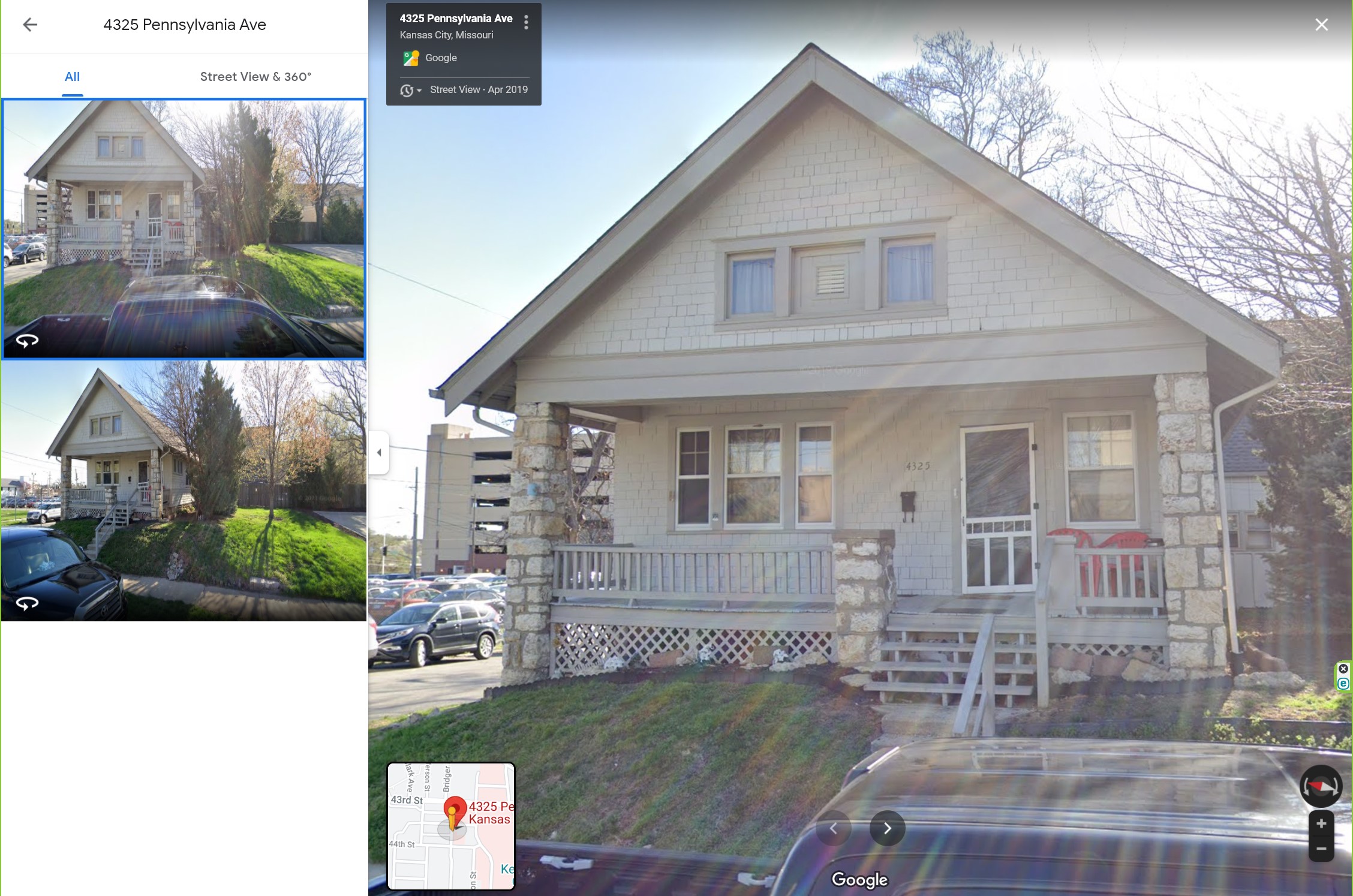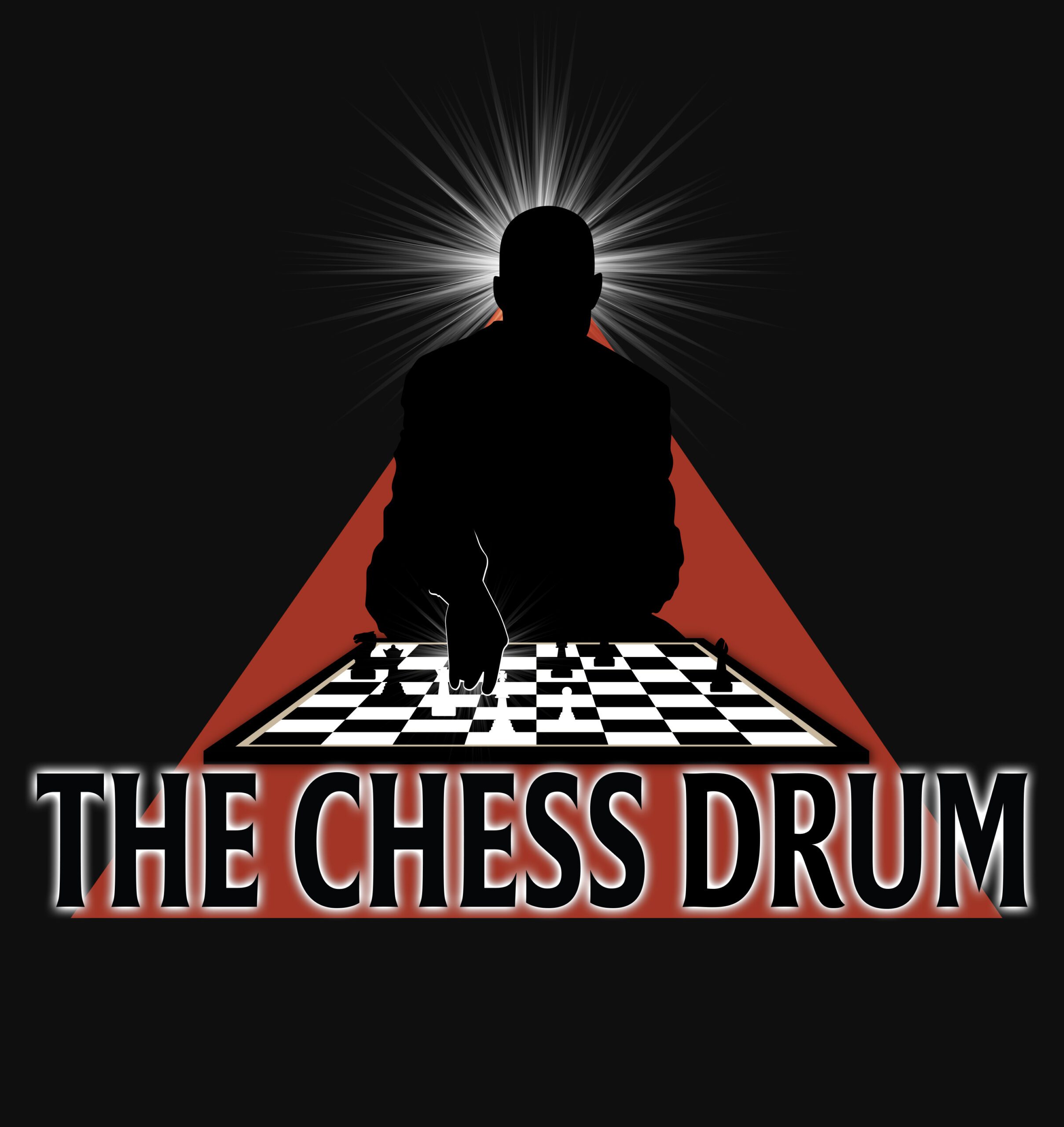Black History Month 2022-Day 22: William Earnest Griffin
William Earnest Griffin is a chess player you may not know, but one whose words will make an indelible impression. According to the February 1905 issue of the American Chess Bulletin (page 34), Griffin was…
Born in the backwoods of Missouri, near the town of Fayette, on 17 May 1874. Griffin, at the age of 13, moved to Kansas City and went through the public schools there. He finished his education at Kansas State University and is now engaged in the work of teaching school.
If we stop to unpack this short paragraph, we will see a Black man in the late 19th and early 20th century get a chance to better himself through higher education. Although the profile says Kansas State University, he apparently went to the University of Kansas and graduated in 1897. Nevertheless, it was quite a privilege to get such an opportunity. There were also Black men attending Ivy League institutions at the start of the 20th century.
“I play chess because of the pure intellectual discipline and high aesthetic pleasure which the game affords. I do not know a great many of my race who are devotees of the Royal Game. In this city, however, it is the favorite pastime of a certain class, but I am not familiar with conditions in other cities.”
Having earned a Bachelor’s Degree and having entered a profession as a teacher (Lincoln Park H.S.) and a Principal (Booker T. Washington), he had access to a better social environment. Griffin registered for the draft at age 44 on September 12th, 1918 and he wrote 4325 Penn as his address in Kansas City.
Looking at census records, Mr. Griffin and his wife Myrtle Griffin lived together in a well-kept single-family dwelling for about 40 years. His wife (born July 20th, 1878) died July 31st 1956 while he died six years later in early May 1962. He was 87.

Griffin residence (current)… 4325 Pennsylvania Ave, Kansas City, Missouri
Griffin joined social circles including the Pillsbury National Correspondence Chess Association and played in a series of tournaments. He reportedly won sixth prize in the Rice Gambit tournament, as reported on page 375 of Twenty Years of the Rice Gambit (New York, 1916). Griffin won a sum total of $15.00, a decent sum in those days, roughly $400 today.
One of the quotes attributed to him…
I play chess because of the pure intellectual discipline and high aesthetic pleasure which the game affords. I do not know a great many of my race who are devotees of the Royal Game. In this city, however, it is the favorite pastime of a certain class, but I am not familiar with conditions in other cities. Wherever I go I introduce the game and find that it is taken up readily.
Certainly, chess was a game frequented by the well-to-do and intelligensia, but there were exceptions. Despite being proud of his collection of 25 chess books, Griffin did not know of Theophilus Thompson’s book of compositions. Thompson’s photo was in the book. Although Thompson was born a slave and died in 1881, his book (written a year before Griffin was born) would have been quite a discovery.
Griffin’s above quote is similar to what many in the Black community of chess players have wondered in years past. We are often wondering where are other Black players and why are they so hard to find. It was this question that lead to the creation of The Chess Drum. It does matter as far as having a certain type of camaraderie and affiliation. Griffin’s point is still relevant today.
Other Sources
Daaim Shabazz, “William Griffin… chess pioneer in 1900s,” The Chess Drum, 25 August 2011.


2 Comments